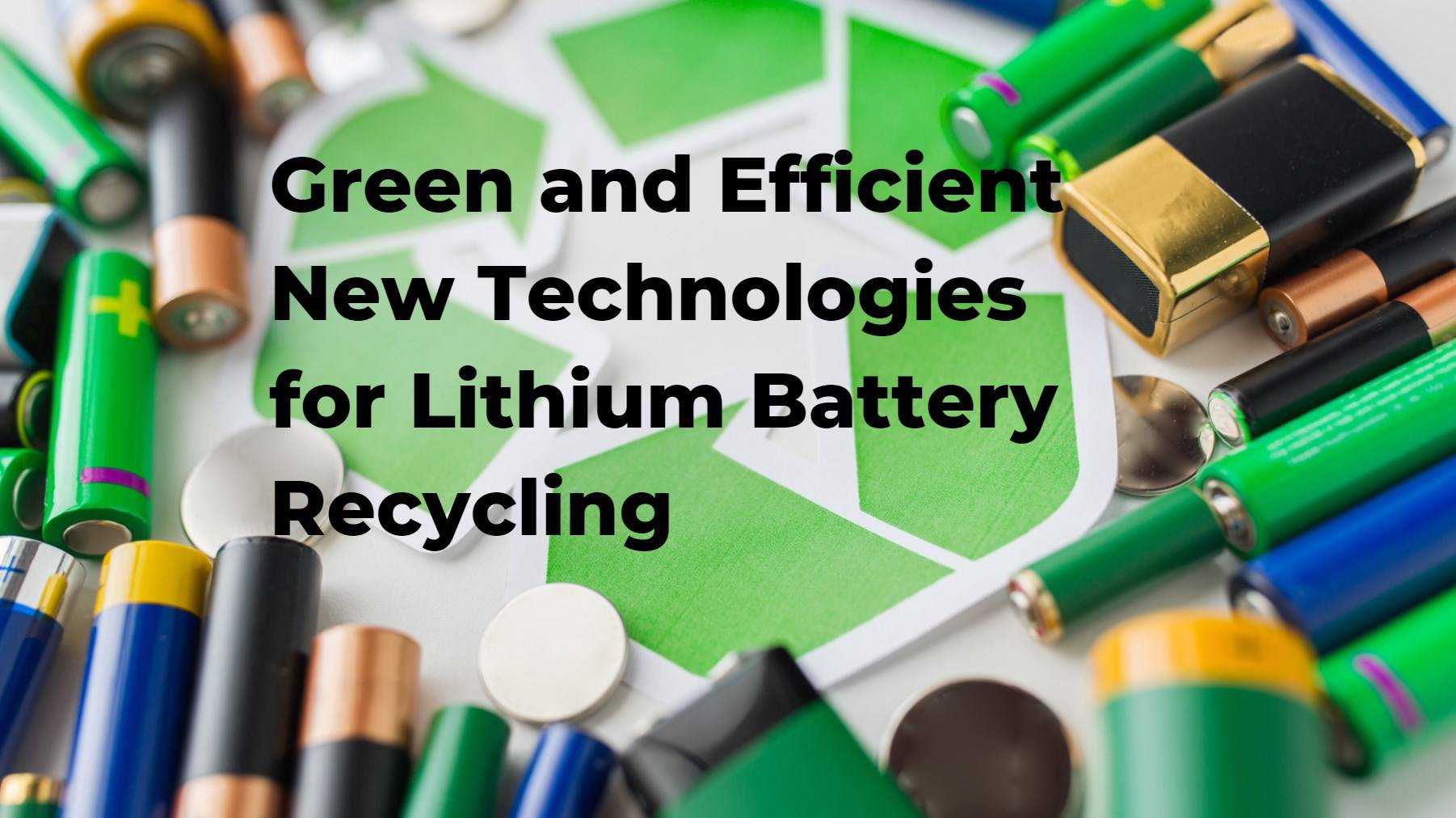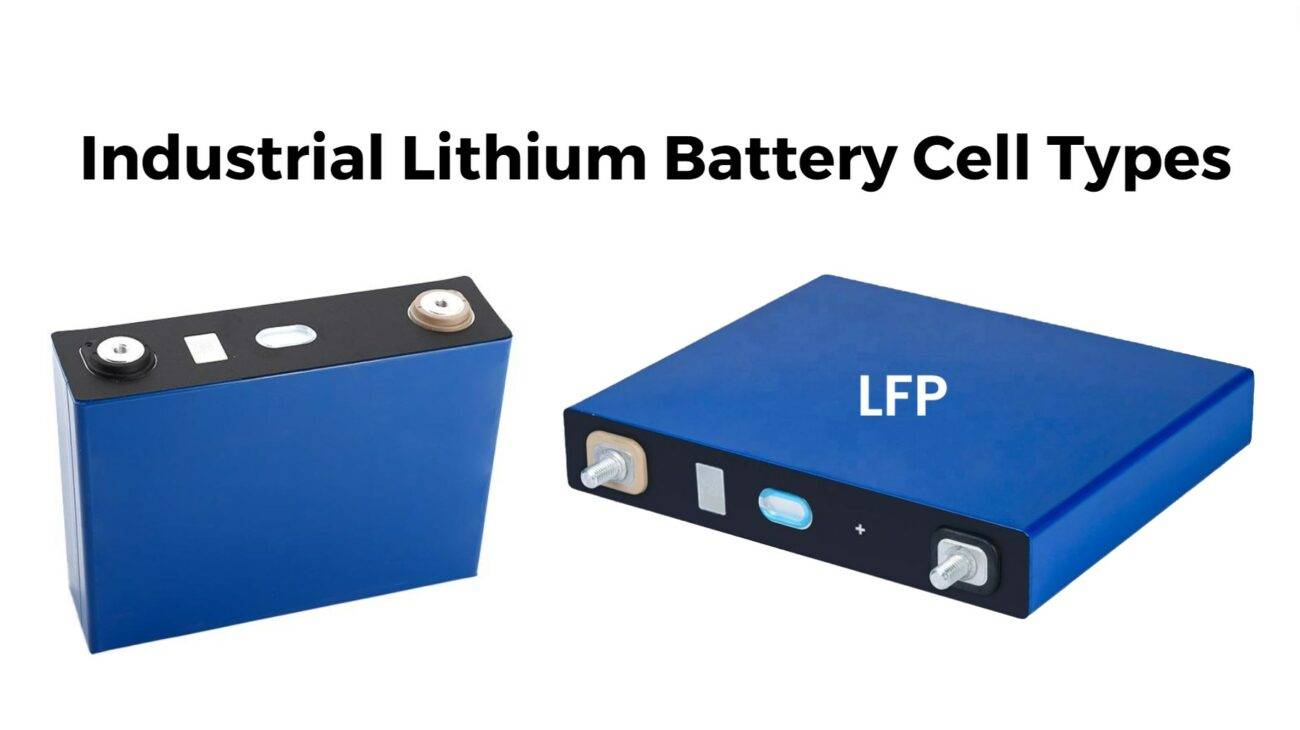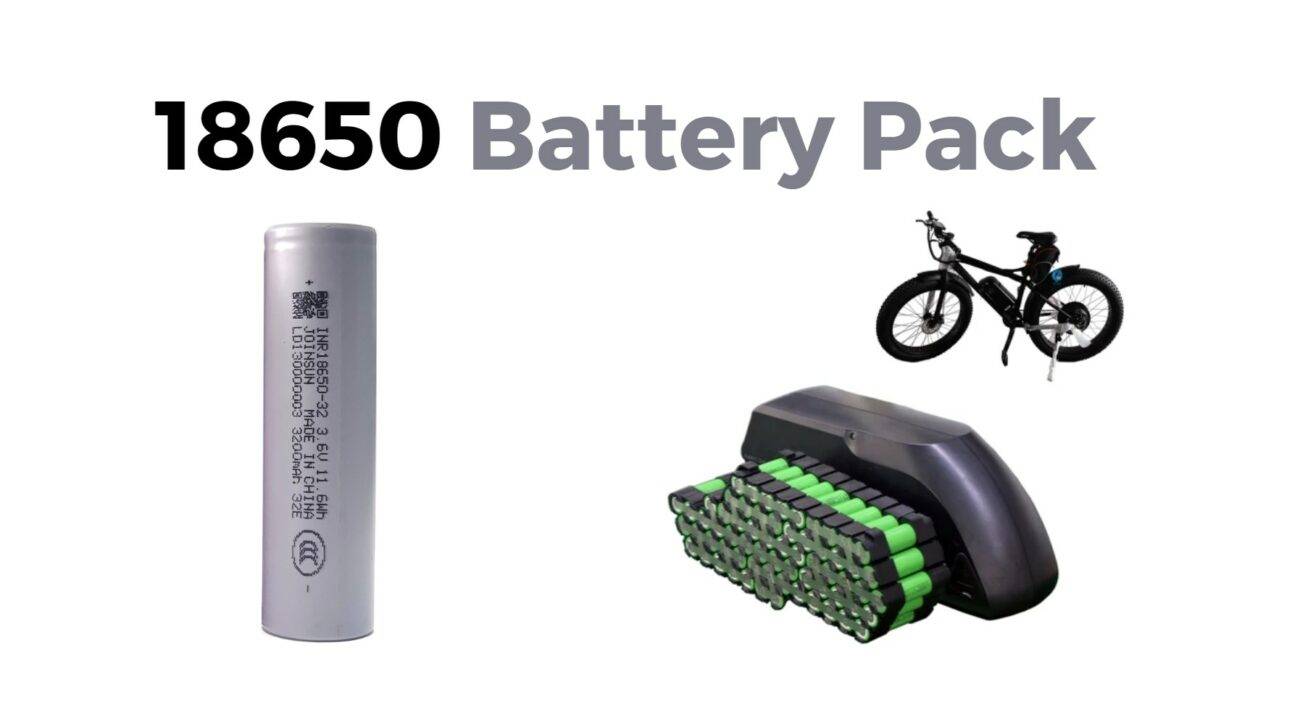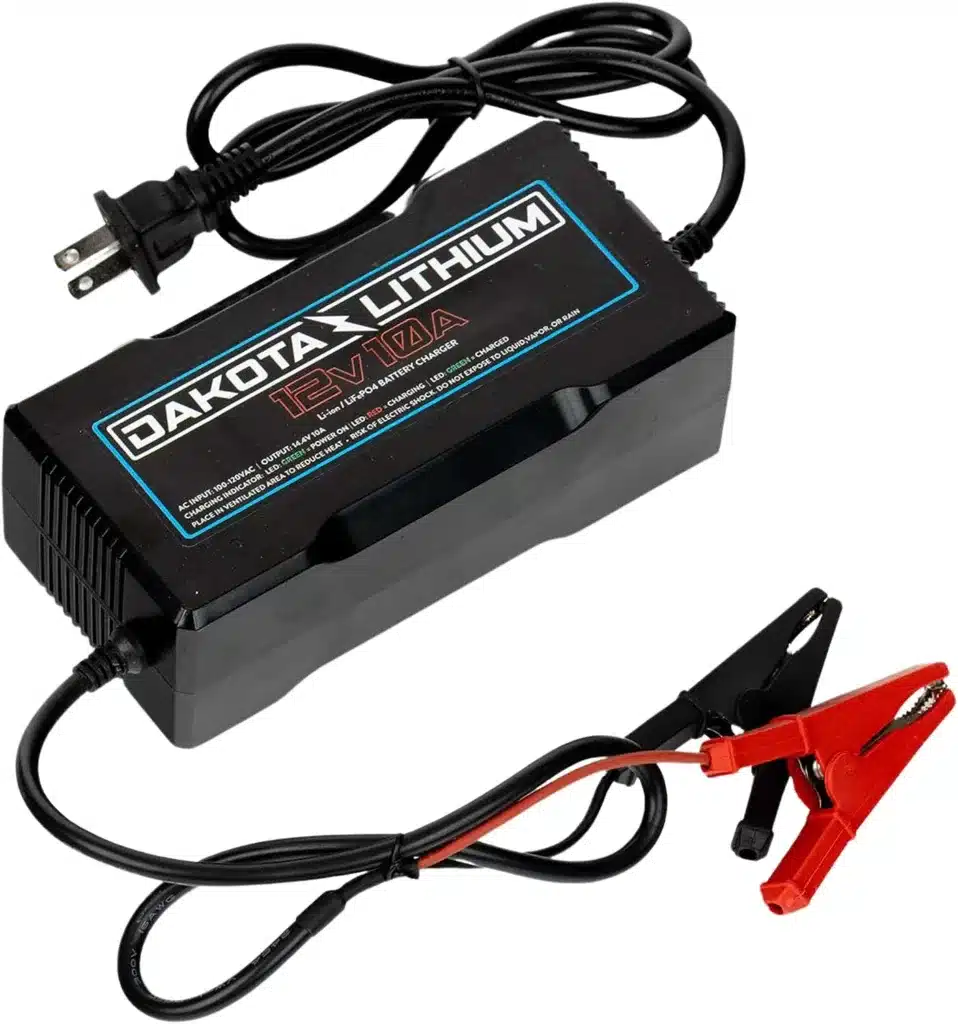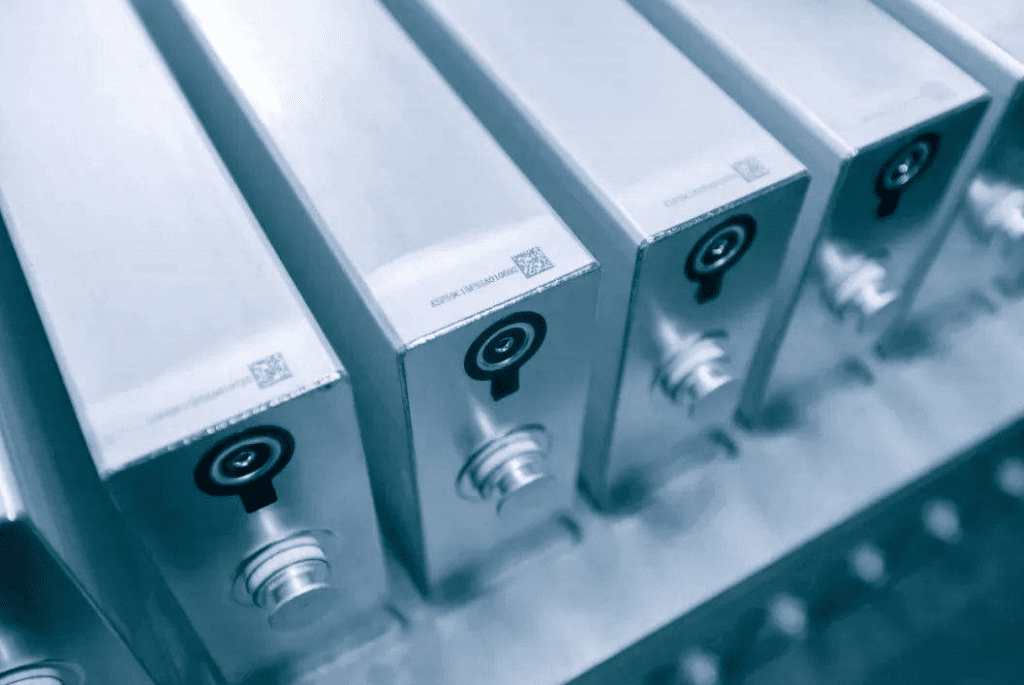As the demand for lithium batteries continues to surge, driven by the growth of electric vehicles (EVs) and renewable energy storage systems, the need for effective recycling technologies has never been more critical. With over 12 years of experience in manufacturing Lithium LiFePO4 batteries, Redway Battery recognizes the importance of sustainable practices in the battery lifecycle. This article explores the latest advancements in lithium battery recycling technologies, focusing on their benefits, challenges, and future prospects.
1. The Importance of Lithium Battery Recycling
1.1 Environmental Impact
Lithium batteries contain valuable materials such as lithium, cobalt, nickel, and manganese. Improper disposal can lead to environmental contamination and resource depletion. Recycling these batteries helps mitigate these risks by recovering valuable materials and reducing landfill waste.
1.2 Economic Benefits
Recycling lithium batteries can significantly reduce the costs associated with raw material extraction and processing. By recovering materials from used batteries, manufacturers can lower production costs and minimize reliance on virgin resources.
2. Current Recycling Methods
2.1 Mechanical Recycling
Mechanical recycling involves physically breaking down batteries into their component parts:
- Shredding: Batteries are shredded into smaller pieces to facilitate material separation.
- Separation: Techniques such as air classification and magnetic separation are used to isolate metals from plastics and other materials.
Advantages
- Cost-Effective: Mechanical recycling is generally less expensive than chemical methods.
- Quick Processing: This method allows for rapid processing of large volumes of batteries.
Disadvantages
- Material Loss: Some valuable materials may be lost during the separation process.
- Limited Recovery Rates: Mechanical recycling typically recovers only a fraction of the original battery materials.
2.2 Pyrometallurgical Recycling
This method involves high-temperature processes to extract metals from batteries:
- Smelting: Batteries are heated to high temperatures to melt metals, which are then separated from impurities.
Advantages
- High Recovery Rates: Pyrometallurgical processes can achieve high recovery rates for metals like cobalt and nickel.
Disadvantages
- Energy Intensive: The high temperatures required consume significant energy, leading to higher operational costs.
- Emissions Concerns: This method can produce harmful emissions if not properly managed.
2.3 Hydrometallurgical Recycling
Hydrometallurgical recycling uses aqueous solutions to extract metals from battery materials:
- Leaching: Chemicals are used to dissolve metals from shredded battery components.
Advantages
- Lower Energy Requirements: This method typically requires less energy than pyrometallurgical processes.
- Selective Recovery: Hydrometallurgy allows for selective recovery of specific metals.
Disadvantages
- Chemical Use: The use of chemicals can pose environmental risks if not managed properly.
- Longer Processing Times: This method may take longer compared to mechanical or pyrometallurgical methods.
3. Innovative Recycling Technologies on the Horizon
3.1 Direct Recycling
Direct recycling aims to recover battery materials without breaking them down completely:
- This method preserves the structure of active materials, potentially allowing for their reuse in new batteries.
Advantages
- High Efficiency: Direct recycling can lead to higher recovery rates and better material quality.
- Reduced Energy Consumption: By avoiding complete disassembly, this method minimizes energy use.
3.2 Bioleaching
Bioleaching utilizes microorganisms to extract metals from battery materials:
- Microbes are employed to selectively dissolve metals from spent batteries.
Advantages
- Environmentally Friendly: This method is less harmful to the environment compared to traditional chemical processes.
- Cost-Efficiency: Bioleaching can be a cost-effective solution due to lower operational expenses.
3.3 Advanced Materials Recovery Technologies (AMRT)
AMRT focuses on developing new methods for efficiently recovering valuable materials:
- These technologies often combine mechanical, hydrometallurgical, and direct recycling techniques for optimal recovery rates.
Advantages
- Comprehensive Recovery Solutions: AMRT can maximize material recovery while minimizing waste.
4. Challenges in Lithium Battery Recycling
Despite advancements in recycling technologies, several challenges remain:
4.1 Economic Viability
The economic feasibility of recycling lithium batteries is still a concern:
- Fluctuating prices for raw materials can impact the profitability of recycling operations.
4.2 Regulatory Hurdles
Navigating regulations regarding hazardous materials can complicate recycling efforts:
- Compliance with environmental regulations is essential but may add complexity to operations.
4.3 Technological Limitations
While new technologies show promise, many are still in developmental stages:
- Scaling these technologies for commercial use remains a challenge that needs addressing.
5. Future Prospects for Lithium Battery Recycling
The future of lithium battery recycling looks promising as research continues to advance:
- Increasing investments in R&D will likely lead to more efficient and sustainable recycling methods.
| Technology Type | Advantages | Challenges |
|---|---|---|
| Mechanical Recycling | Cost-effective; quick processing | Material loss; limited recovery rates |
| Pyrometallurgical Recycling | High recovery rates | Energy-intensive; emissions concerns |
| Hydrometallurgical Recycling | Lower energy requirements; selective recovery | Chemical use; longer processing times |
| Direct Recycling | High efficiency; reduced energy consumption | Still developing |
| Bioleaching | Environmentally friendly; cost-efficient | Limited scalability |
| Advanced Materials Recovery | Comprehensive recovery solutions | Economic viability |
6. Conclusion
The evolution of lithium battery recycling technologies is crucial for creating a sustainable future in energy storage. As we continue to innovate and improve upon existing methods, it is vital that we prioritize environmentally friendly practices while maximizing material recovery.At Redway Battery, we are dedicated to advancing our manufacturing processes while ensuring sustainability throughout the lifecycle of our Lithium LiFePO4 batteries. With our extensive experience in this field, we provide custom solutions quickly for wholesale and OEM customers worldwide. For a quick quote or more information about our products, please contact us today!


